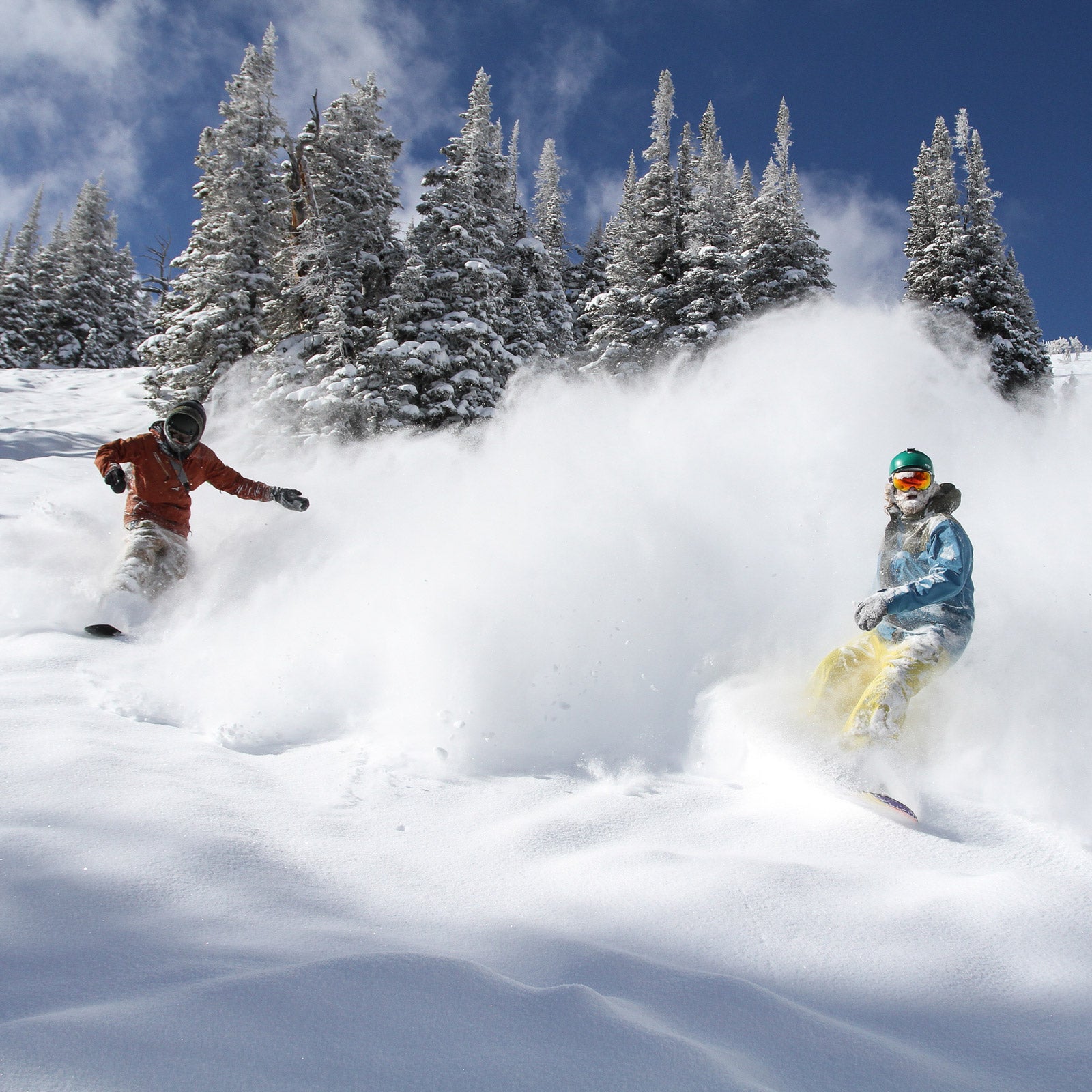OK, it’s actually impossible to guarantee powder on a ski trip you’ve booked well in advance. The only way to do that is to keep one eye on the short-term and purchase a last-minute ticket to wherever is going to get hit next. But even then, there are variables. Will the resort open good terrain? Will your flight be canceled due to the storm? Will the storm bring inches rather than the reported feet? Don’t fret. There are a few trusted places where the perfect powder day lines up more often than not.
Alta, Utah
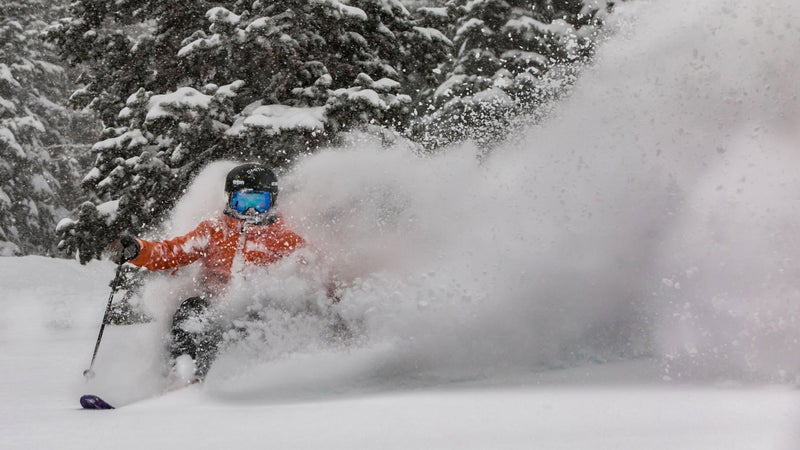
There’s a reason earned the top spot on , an independent site that grades ski resorts based on snowfall data and a custom algorithm to determine the best overall resorts. According to the site, 22 percent of ski days at Alta deliver more than six inches of new snow, and the resort gets a documented 521 inches of snow per year on average. Stay slopeside in Little Cottonwood Canyon—we like Alta’s (from $334)—and if you’re lucky, you’ll have the ski area to yourself when the access road closes from too much of the white stuff.
Turner Mountain, Montana
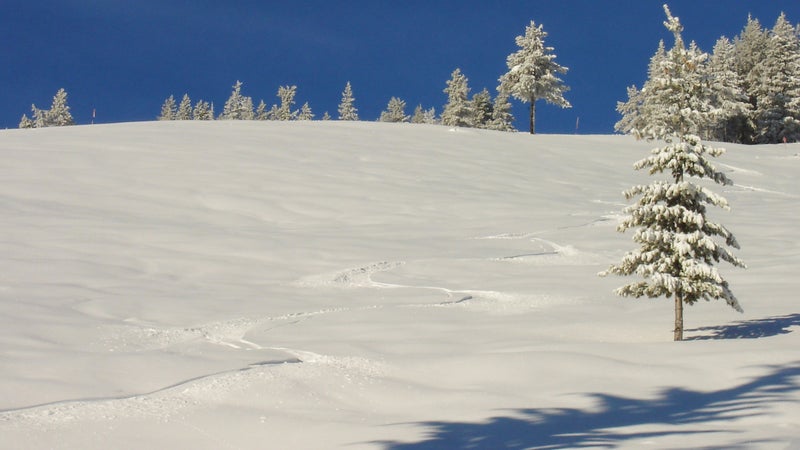
Chances are you’ve never heard of , located 23 miles north of the small Montana town of Libby. With just one double chairlift and around 800 acres, it’s not a huge ski area, but here’s what makes it worth a visit: Turner gets around 300 inches of snowfall per year, and it’s closed Monday through Thursday. Which means if you show up on a Friday morning after a storm, you’ll have a week’s worth of waist-deep snow waiting for you. Oh, and lift tickets cost just $38. The Evergreen Motel isn’t fancy, but it’s been recently renovated and offers ski-and-stay packages and free breakfast (from $59).
Grand Targhee, Wyoming
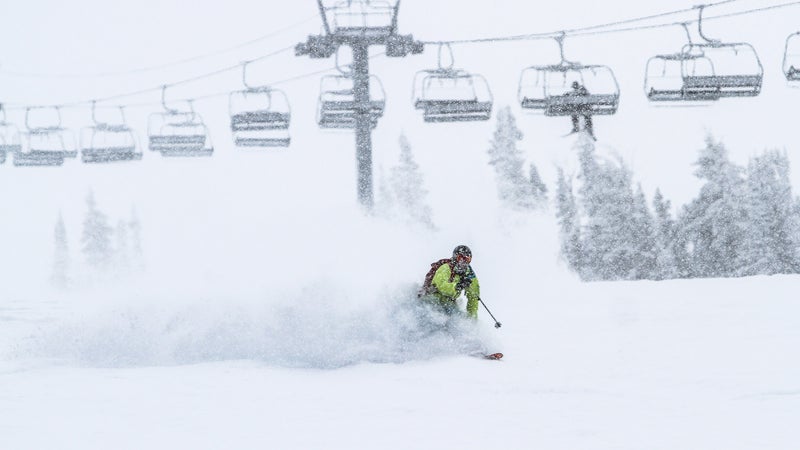
Located just over Teton Pass from Jackson Hole, actually gets more snow than its famed neighbor—around 500 inches on average, compared with 459 inches at Jackson Hole—and significantly less people. It also offers plenty of ways to score powder even if it hasn’t dumped for a while. Bootpack out to Mary’s Nipple, an inbounds zone you can only reach on foot that holds snow well after a storm, book a day on the backside of the resort, or sign up for the mountain’s first tracks program to get on the lifts an hour before everyone else. Stay slopeside at (from $220), and you’ll be set to snag first chair.
Silverton Mountain, Colorado
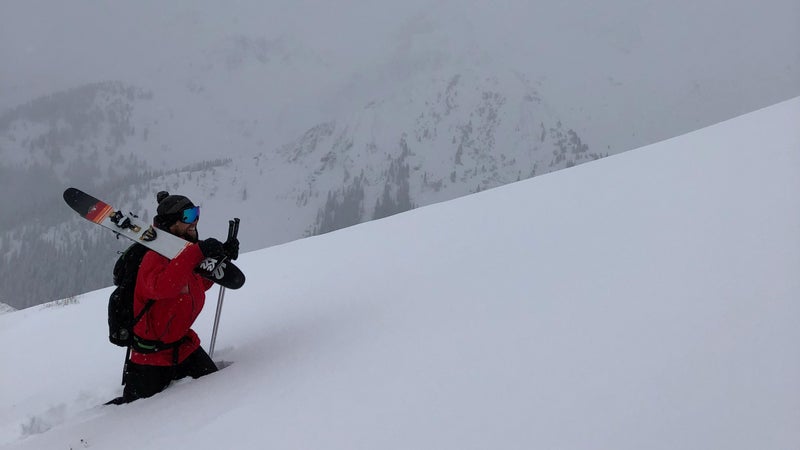
’s season is already off to a great start. Ski patrollers were scoring powder days in October, and the resort opened for heli-skiing in November. Plus, due to this throwback ski area’s single lift, minimal crowds, hike-to terrain, and high elevation (it tops out at 13,487 feet, the highest in the U.S.), it’s usually a good bet for finding powder. You’ll need to ski with a guide during the peak of the season, but they know the best spots to find soft snow. The recently updated has 14 rooms and a live music venue in the basement (bunks from $40).
Alpental, Washington
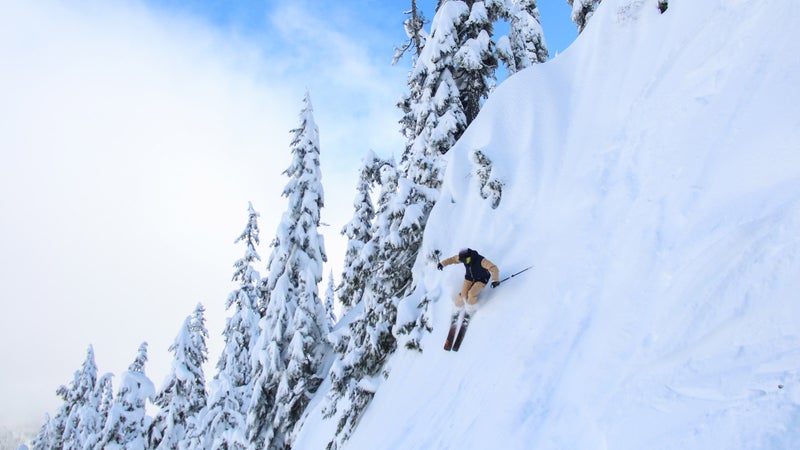
When the Pacific Northwest is having a good winter, there’s nowhere better to be than , especially bright and early on a Tuesday morning during a storm cycle. Why Tuesday? Because Alpental, the closest ski area to Seattle, is closed on Mondays, which means storms have a full day to pile up without any tracks. And: this area gets, on average, 428 inches of snow per year. Stay in a brand new loft at (from $350), next door to the new DruBru brewery and Commonwealth restaurant.
Kirkwood, California
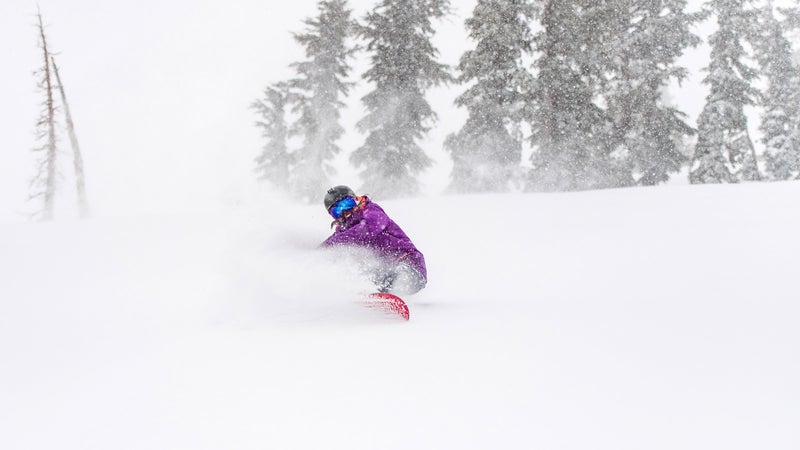
locals call it the K-Factor. There’s something in the air at this ski area, located 35 miles south of Lake Tahoe, that translates into massive amounts of snow. Maybe it’s the resort’s position on the Pacific Crest, or the peak elevation of 9,800 feet, but Kirkwood scores an average of 354 inches of snow per year. After a storm, you’ll find untracked powder in Sentinel Bowl and plenty of stashes in the trees off the Wall. The has condo-style rooms at the base of the mountain (from $155), or stay at the hip in South Lake Tahoe if you want to be closer to nightlife (from $98). Either way, don’t miss beers at the , at the end of the access road, after a powder day.
Whitewater, British Columbia
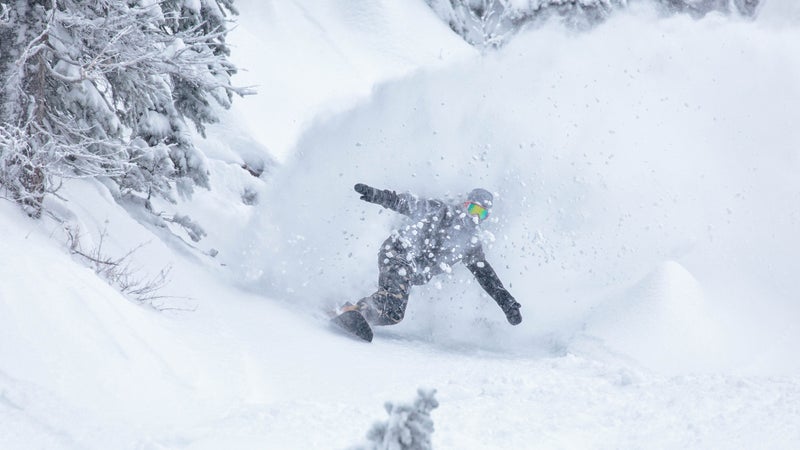
is perhaps best known for its food—the lodge’s famed Fresh Tracks Café serves up legitimately good home-cooked fare. But Whitewater is also known for its powder: about 480 inches of light, dry fluff each year and little in the way of lift lines. Ski inbounds glades in Enchanted Forest or off Glory Ridge; the backcountry access is also top-notch. There’s no lodging at the hill, so book a room in the charming town of Nelson, 25 minutes away, at a spot like the (from $125).


